

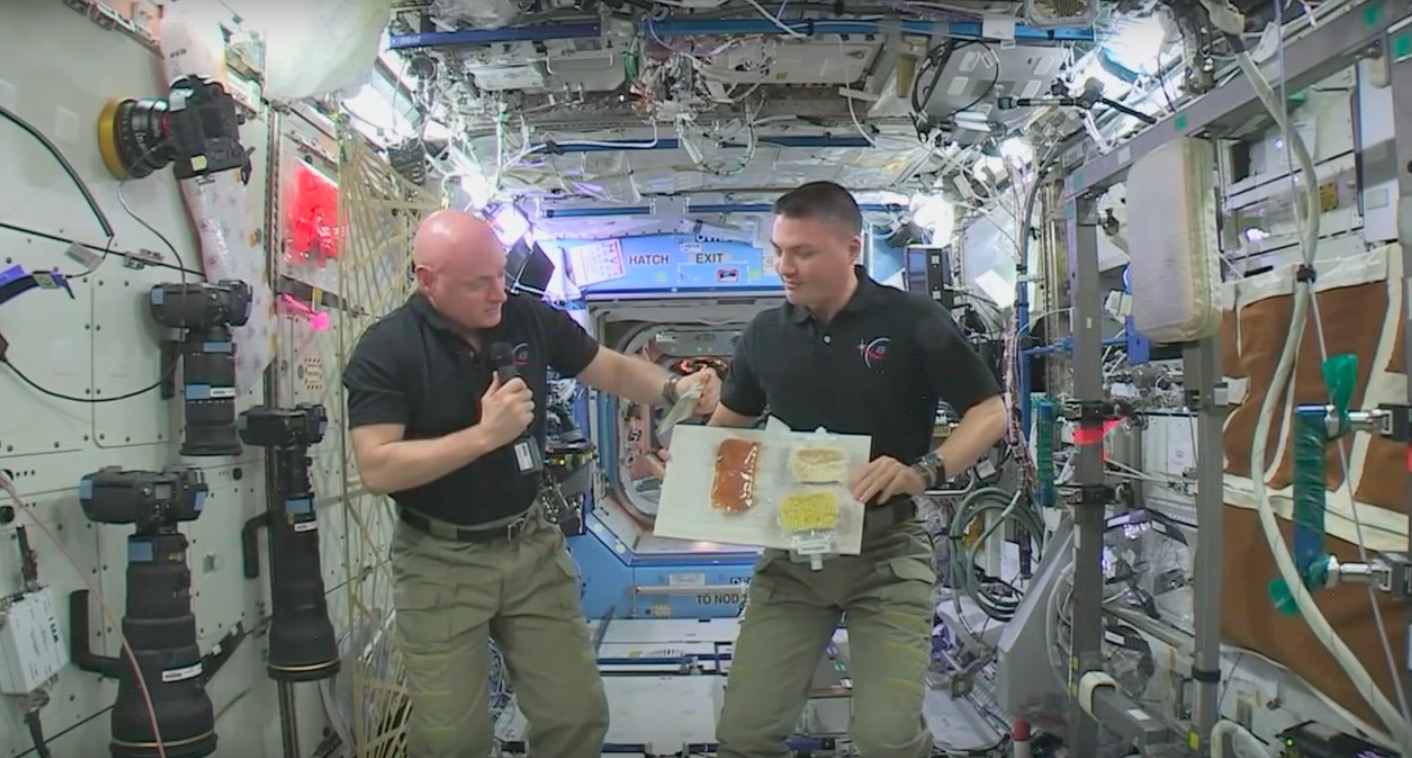
As people on Earth prepared to celebrate Thanksgiving, astronauts aboard the International Space Station marked the holiday in a unique way. The team of astronauts, including American, Japanese, and Russian crew members, shared their favorite dishes and traditions, while floating 250 miles above the Earth. The special Thanksgiving celebration in space showcased the international collaboration and spirit of unity among the crew members.
As people on Earth prepared to celebrate Thanksgiving, astronauts aboard the International Space Station marked the holiday in a unique way. The team of astronauts, including American, Japanese, and Russian crew members, shared their favorite dishes and traditions, while floating 250 miles above the Earth.
The special Thanksgiving celebration in space showcased the international collaboration and spirit of unity among the crew members. It also highlighted the challenges and triumphs of living and working in space.
Thanksgiving is a holiday that is celebrated in the United States, Canada, and other countries. It is a time to give thanks for the harvest and to spend time with family and friends.
The first Thanksgiving was celebrated in 1621 by the Pilgrims and the Wampanoag Indians. The Pilgrims were a group of English settlers who had come to America in search of religious freedom. The Wampanoag Indians were a Native American tribe who lived in the area that is now Massachusetts.
Thanksgiving dinner is typically a large meal that includes turkey, stuffing, mashed potatoes, cranberry sauce, and pumpkin pie. In space, the astronauts had to make do with freeze-dried food and other non-perishable items.
Each of the astronauts on the International Space Station shared their favorite Thanksgiving traditions.
Celebrating Thanksgiving in space is not without its challenges. The astronauts have to deal with the following:
Despite the challenges, the astronauts on the International Space Station have found ways to celebrate Thanksgiving in a meaningful way. They have shared their favorite dishes and traditions, and they have spent time together giving thanks for their many blessings.
The astronauts' Thanksgiving celebration is a reminder of the human spirit's ability to overcome challenges and find joy in even the most difficult circumstances. It is also a reminder of the importance of international collaboration and cooperation.
1. What is the International Space Station?
The International Space Station is a space station that is in orbit around the Earth. It is a joint project of five space agencies: NASA (United States), Roscosmos (Russia), JAXA (Japan), ESA (Europe), and CSA (Canada).
2. How long have astronauts been living on the International Space Station?
Astronauts have been living on the International Space Station since 2000.
3. What is the purpose of the International Space Station?
The International Space Station is used for a variety of research and educational purposes. Astronauts on the ISS conduct experiments in fields such as biology, chemistry, and physics. They also study the effects of microgravity on the human body.
4. How many astronauts are currently on the International Space Station?
There are currently three astronauts on the International Space Station: Christina Koch (USA), Anatoly Ivanishin (Russia), and Soichi Noguchi (Japan).
5. What is Thanksgiving?
Thanksgiving is a holiday that is celebrated in the United States, Canada, and other countries. It is a time to give thanks for the harvest and to spend time with family and friends.

The European Machine Vision Association has announced the release of EMVA 1288 release 4.0, which greatly expands the measurement capabilities for characterizing industrial cameras. This release includes the ability to characterize non-linear and pre-processed cameras, as well as improvements to the linear model and expanded wavelength range. The standard aims to create transparency and make comparison of cameras and image sensors easier by defining reliable and exact measurement procedures. Training courses and expert certification will also be offered for those interested in learning how to perform EMVA 1288 measurements.
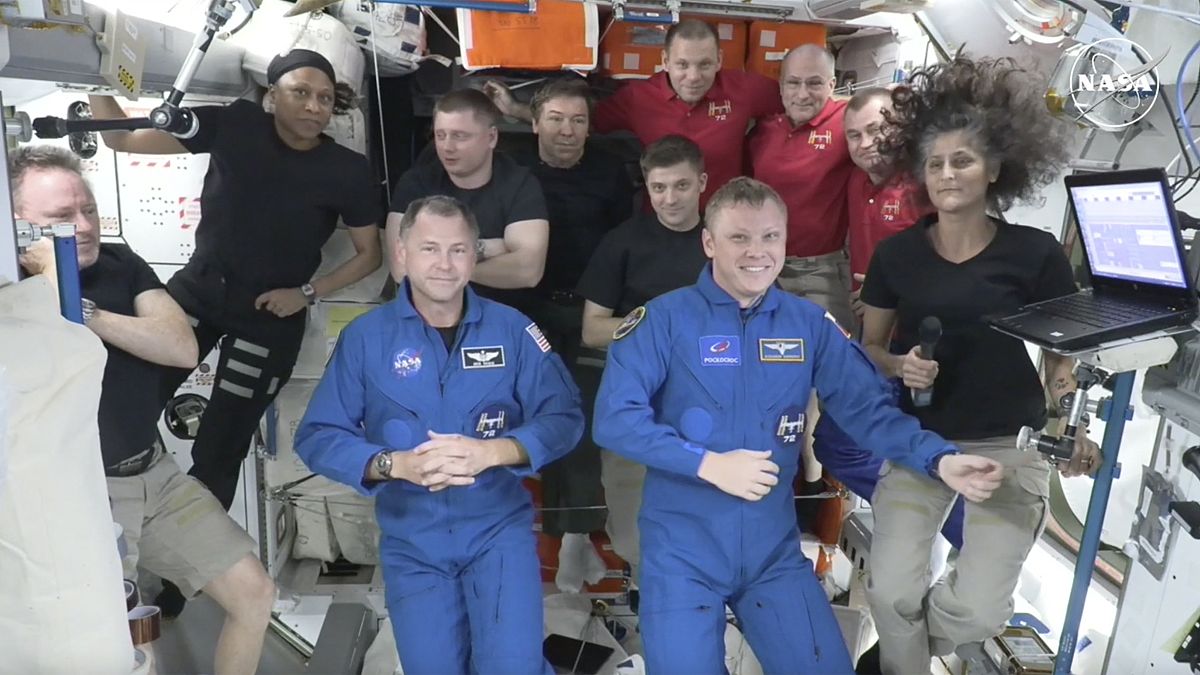
Early Sunday morning, SpaceX successfully completed a mission to transport four astronauts to the International Space Station, including Butch Wilmore and Sunita Williams who had been stranded on the station for nine months. The founder of SpaceX, Elon Musk, shared a stunning video of the capsule docking with the ISS. Social media users were captivated by the precision and heroism demonstrated in the video, with over a million views and comments praising the incredible footage. The Crew-10 team will spend the next six months aboard the station before returning to Earth.
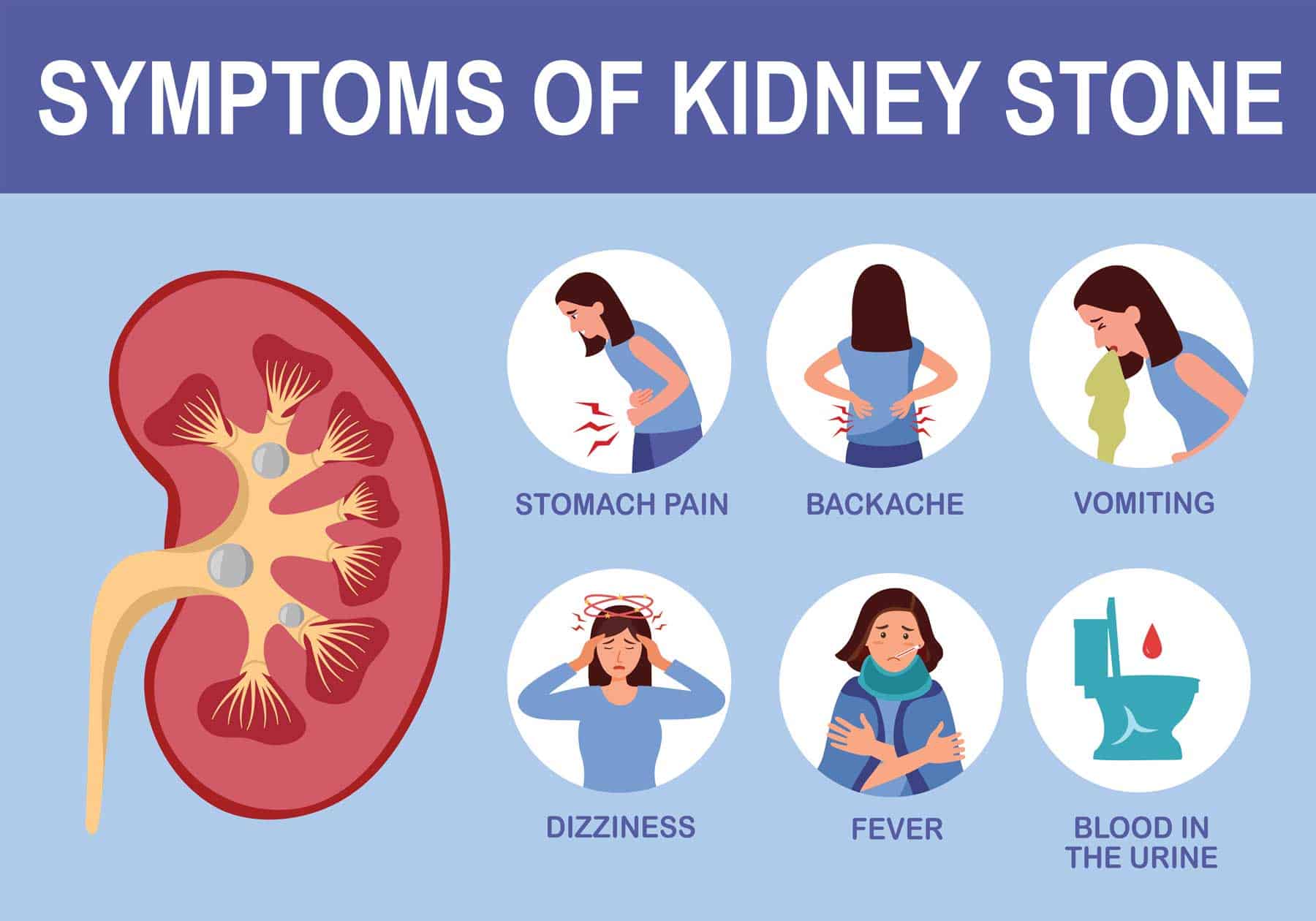
Kidney stones, hard mineral and salt deposits, form when substances in urine concentrate and stick together in the shape of a stone. Factors such as dehydration, high oxalate and salt intake, obesity, and family history can all increase the risk of kidney stones. Treatment options include increasing fluid intake, taking medications to help pass stones, and in severe cases, surgery. Knowing the signs and symptoms of kidney stones is crucial for prevention and treatment.
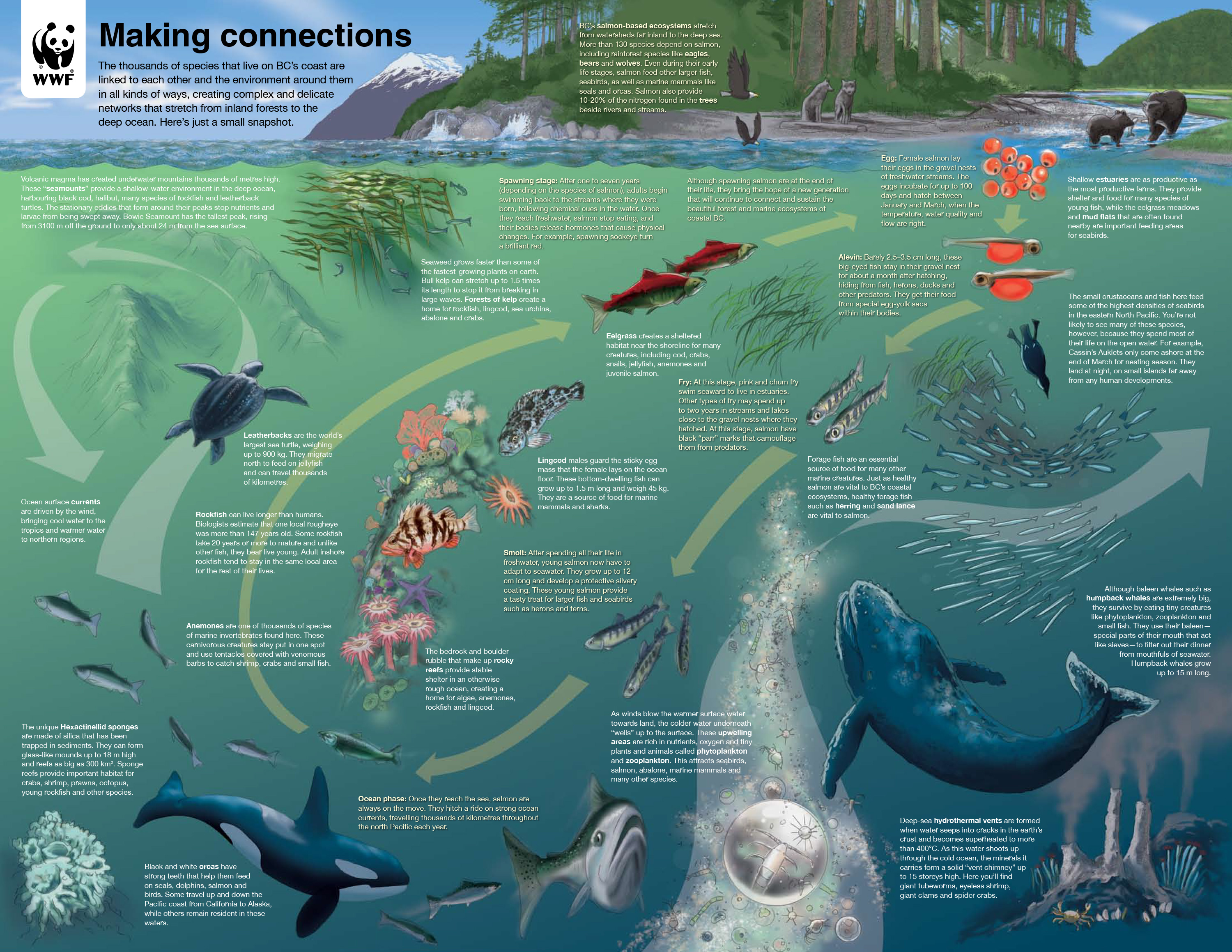
Join CBBC's Naomi Wilkinson and wildlife biologist Lizzie Daly in this educational Live Lesson, in collaboration with Blue Planet Live. Together, they delve into the importance of a healthy marine ecosystem and the threats facing our oceans, such as plastics and overfishing. With a special appearance from Steve Backshall, this programme also highlights the role of sharks in understanding ecosystems and how human actions can harm their survival. Designed for Key Stage 2/2nd Level curricula, this lesson includes a teacher guide and student activity sheets for a comprehensive learning experience.

In honor of International Women's Day 2025, Google dedicated a special doodle to celebrate the contributions of women in STEM fields. Despite progress towards gender equality, women continue to remain underrepresented in STEM, making up just 29% of the global workforce. The doodle highlights the groundbreaking achievements of women in space exploration, ancient discoveries, and lab research, while also emphasizing the importance of recognizing and supporting women in STEM. This International Women's Day serves as a reminder of the countless ways in which women have shaped and continue to shape the world through their contributions to science and technology.

A new study analyzing data from prestigious institutions like Harvard and Yale challenges common perceptions about the religious makeup of American college students. Contrary to popular belief, the study found that the biggest divide in religious behavior is not between elite and non-elite institutions, but between political ideologies. The study also found that there are minimal religious differences between selective and non-selective schools, with the main exceptions being higher percentages of Christian and Jewish students at non-selective schools. This study sheds light on the complex relationship between religion and education in the United States.

This article discusses the importance of proper diet planning during the month of Ramadan for sustained energy levels and stable blood sugar levels. It highlights the need to incorporate complex carbohydrates, protein-rich foods, healthy fats, and hydrating foods into suhoor and iftar meals. Tips for breaking the fast wisely and healthy snacking options are also provided. Additionally, the article emphasizes the importance of hydration and suggests incorporating infused water options for digestion and hydration.

March 3 is observed as World Wildlife Day every year to bring attention to the importance of protecting endangered species. This year's theme, 'Wildlife Conservation Finance: Investing in People and Planet', highlights the need for sustainable measures to protect our diverse wildlife. The United Nations General Assembly declared this day in 2013, coinciding with the signing of the Convention on International Trade in Endangered Species of Wild Fauna and Flora (CITES). This international agreement, with 185 parties, aims to regulate and control the trade of endangered species to ensure their survival. Three appendices list the species under different categories based on their level of protection needed, with stricter rules for Appendix I species such as the Indian star tortoise.

India celebrates National Science Day every year on February 28 to honor the discovery of the Raman Effect by Sir C.V. Raman. The theme for this year's celebration, "Advancing Science for a Sustainable Future," highlights the role of scientific research in tackling global issues and encourages discussion on technological advancements. By promoting scientific awareness and inspiring the next generation of scientists and innovators, National Science Day strengthens India's commitment to scientific excellence and sustainable progress.
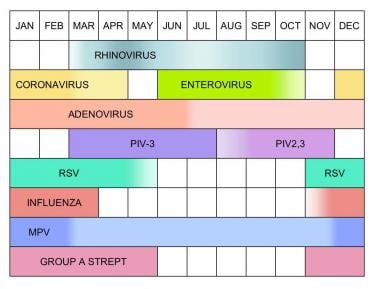
As the seasons change, our bodies are exposed to fluctuating temperatures and humidity levels that can weaken our immune systems and make us more susceptible to respiratory infections. These shifts in weather can create the ideal conditions for viruses to thrive and spread, leading to common illnesses like colds, coughs, and viral fevers. With insights from Dr Meenakshi Jain, a Senior Director of Internal Medicine, we explore how these seasonal changes affect our health and what steps we can take to protect ourselves. From boosting our immunity through diet and exercise, to practicing good hygiene and getting vaccinated, these preventative measures can help us stay healthy during seasonal transitions.